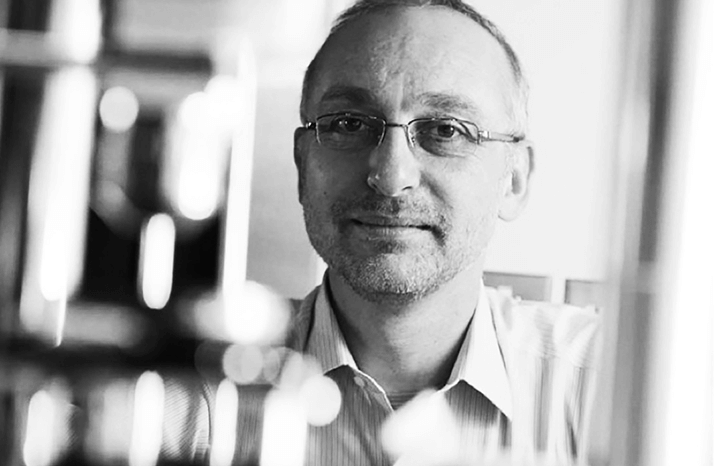One problem seriously hindering the efforts to control Ebola is our ability to diagnose patients in the early stages of infection. Selim Ünlü from the College of Engineering at Boston University has spent several years developing a label-free, chip-scale photonic device with his team and believes that the technology could help. The device was recently shown to detect multiple viruses in blood samples, including viruses that had been genetically modified to mimic Ebola and the Marburg virus. The viruses are identified based on size variations caused by genome lengths and other factors.

“We call the device the single particle interferometric reflectance imaging sensor (SP-IRIS). Pathogens are detected by shining light from an LED light source on viral nanoparticles captured on the sensor surface by a coating of virus-specific antibodies,” says Ünlü. “Interference of light reflected from the surface is modified by the presence of the particles, producing a distinct signal that reveals the size of each particle. The sensor surface is very large and can capture the tell-tale responses of up to a million nanoparticles. Thus, the viruses on the sensor surface are counted in a digital detection modality.”
A precursor to the device was label-free microarray technology for bimolecular assays, which was developed in 2008. Ünlü and his team modified and simplified the original interferometric measurement by replacing the tunable laser with multi-color discrete wavelength sources, which made the technology cheaper and potentially more portable. At first, the team’s efforts focused on the technology rather than applications, until John Connor, associate professor of microbiology at Boston University, became interested when his laboratory started testing various label-free technologies. “They tested the original IRIS instrument and then became involved in the development of the SP-IRIS. It was through his lab that we got involved in Ebola and other viral hemorrhagic fevers,” explains Ünlü.
Label-free systems have been attempted by researchers before, but the SP-ISIS detects each viral particle on a large sensor surface and discriminates the particle from the noise by determining the size of each detected particle. The advantage, Ünlü says, is that the device detects viruses directly, where as many other technologies detect protein and nucleic acids specific to viruses.
The device is in the prototype stage, but requires little to no sample preparation and minimal processing. It takes about an hour to obtain the result. The team is currently working on making the instrument and the detection technology more robust so that it can be used in clinical laboratories. It’s also being tested in multiple labs, including a Biosafety Level-4 (BSL-4) lab at the University of Texas Medical Branch.




